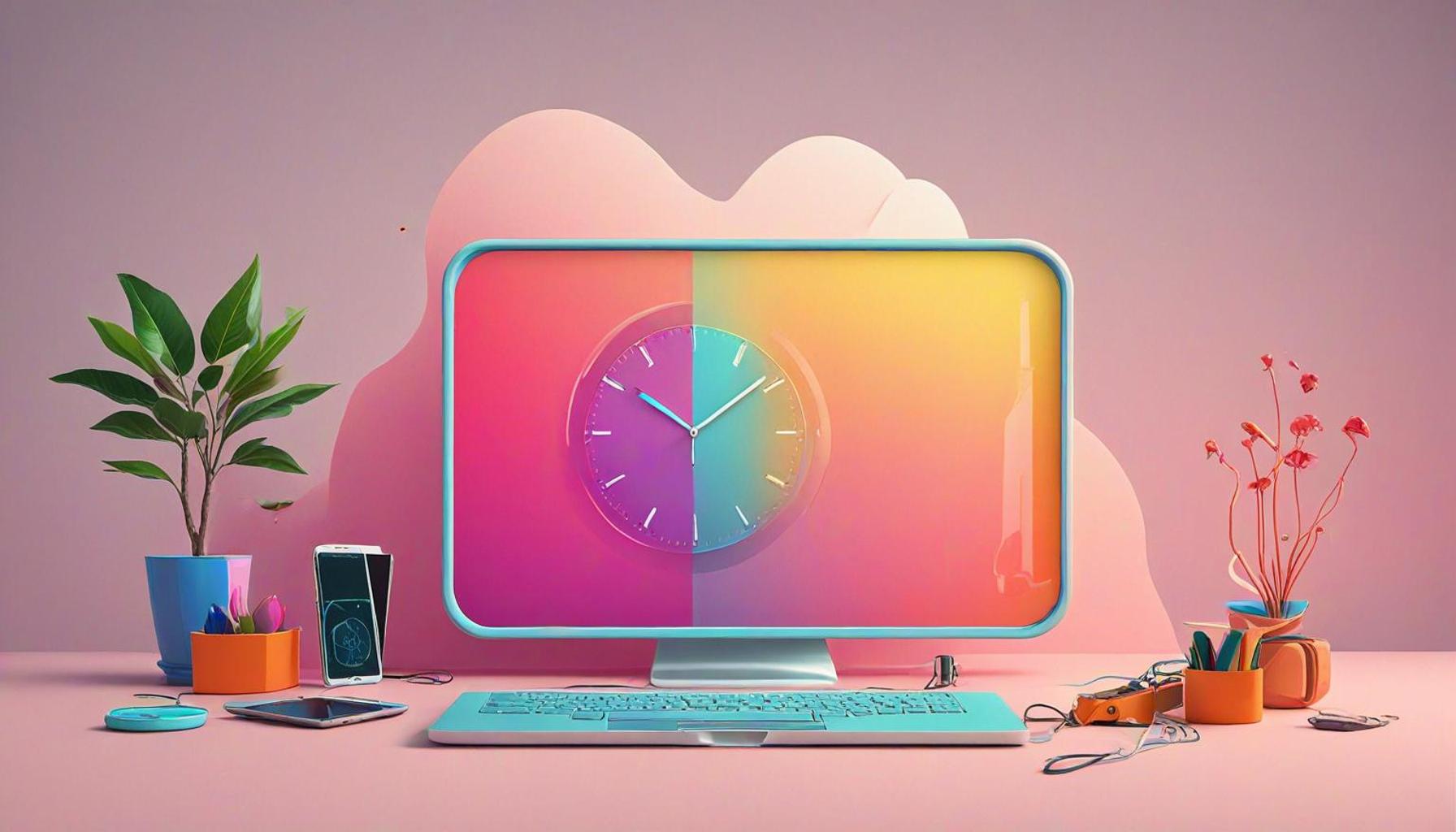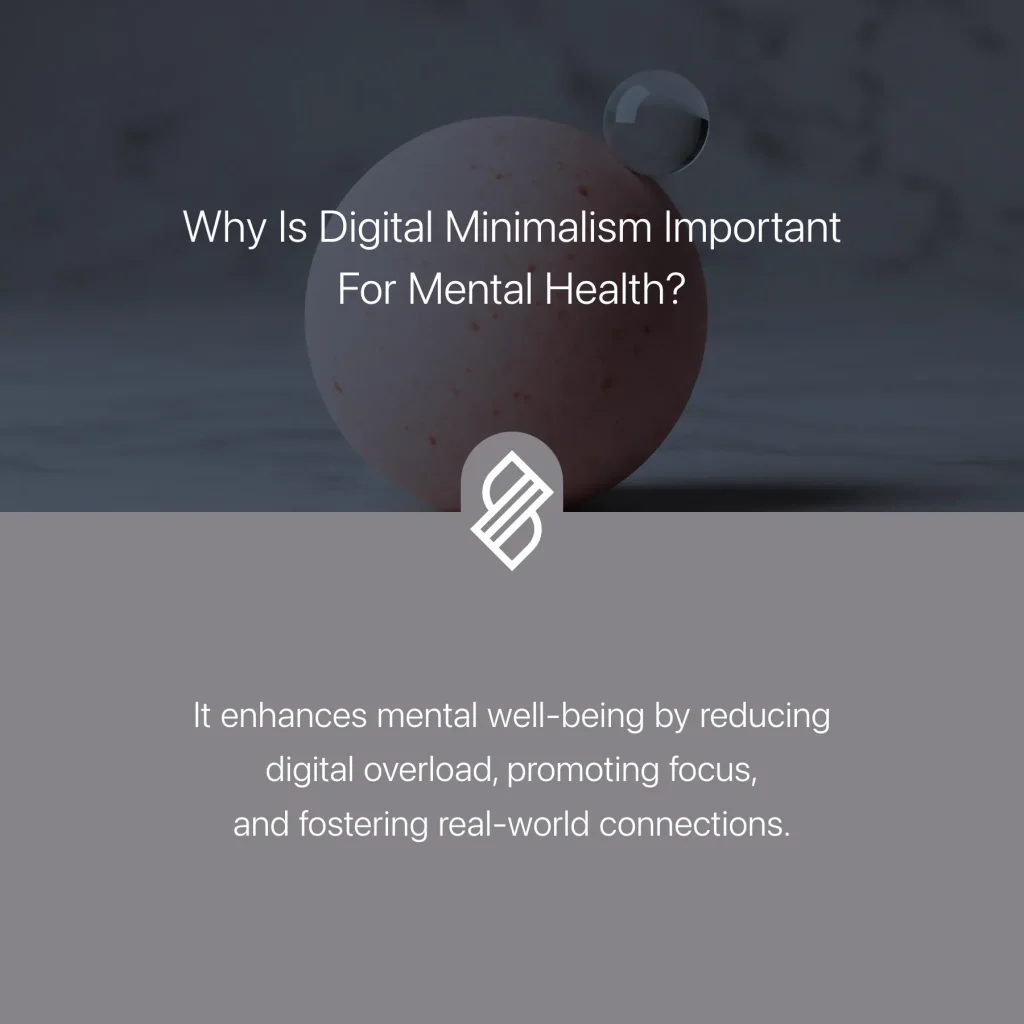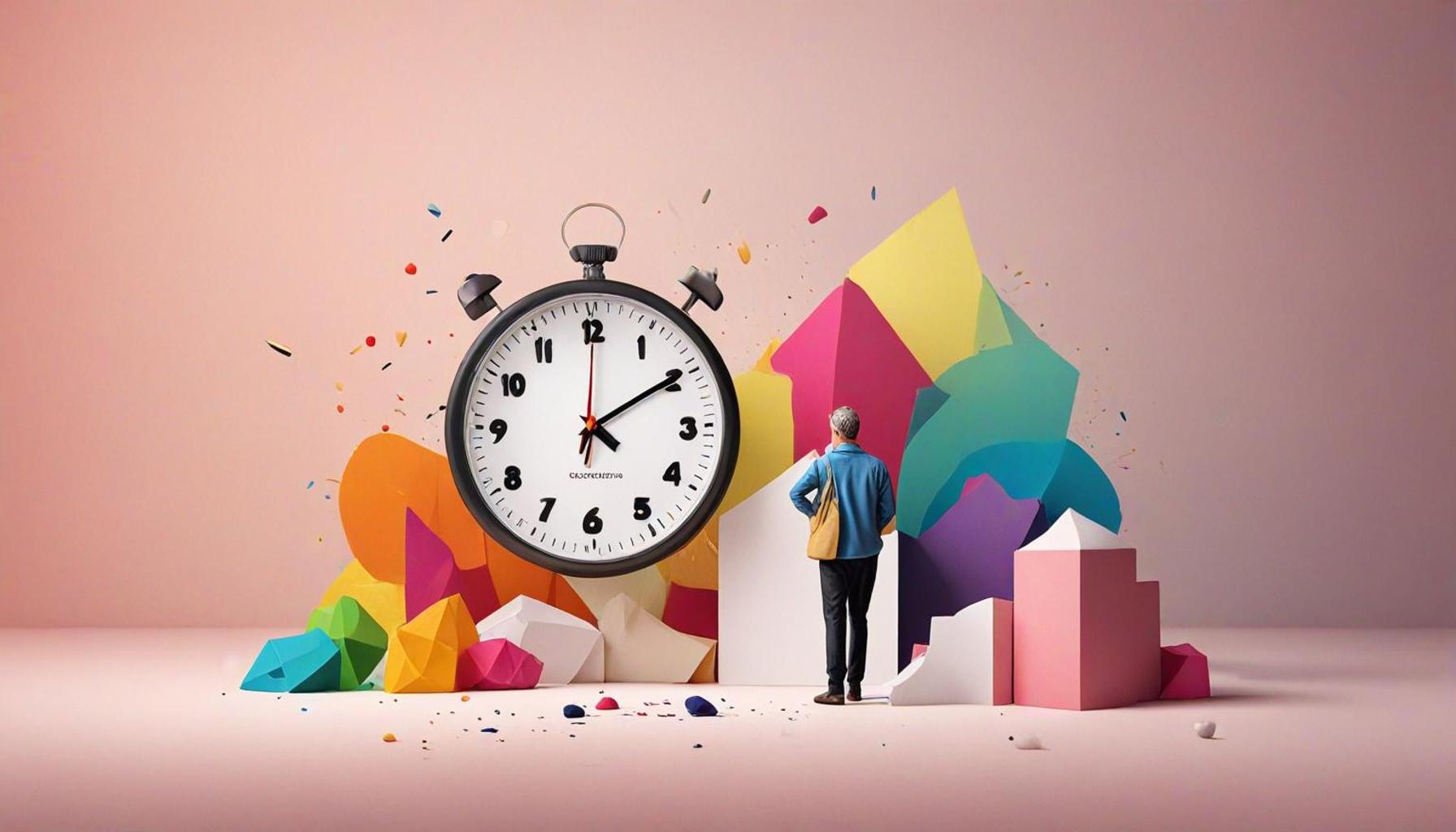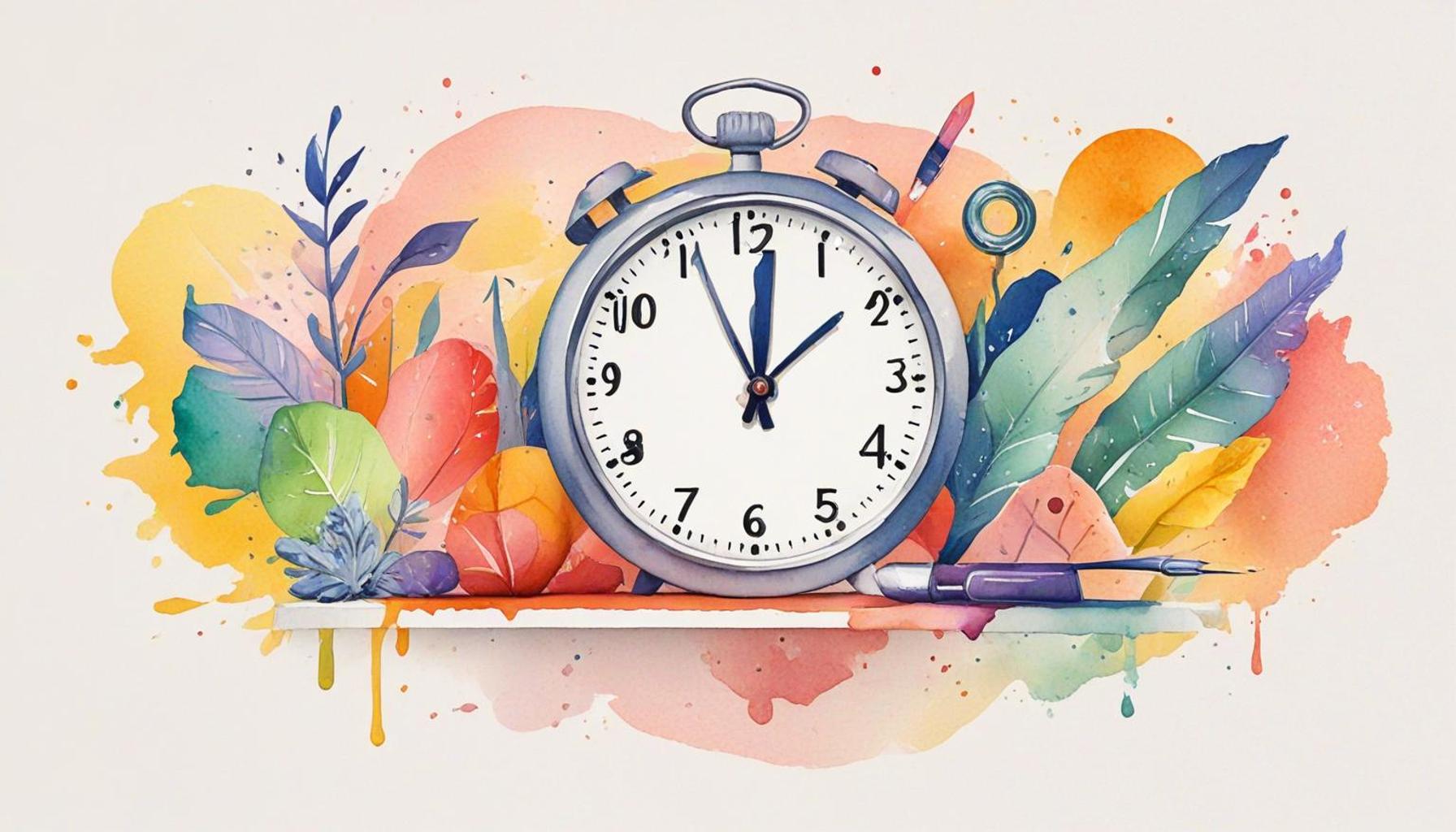Digital Detox: Minimalism and Time Management in a Connected World

Understanding Digital Detox
In an era defined by constant connectivity, the concept of a digital detox has gained remarkable attention. Many are finding themselves overwhelmed by endless notifications, social media feeds, and the pressure to stay plugged in. This raises a burning question: how can we embrace a more minimalistic approach to technology and time management? The journey toward a digital detox is not just a fleeting trend; it’s a crucial undertaking that many individuals are pursuing to reclaim their time and mental clarity.
The Modern Dilemma
As technology evolves, so do our habits. The prevalence of smartphones, tablets, and laptops has altered the way we communicate, work, and unwind. Consider these striking statistics:
- Americans spend an average of 11 hours per day interacting with media, which includes streaming services, social media, and browsing the web.
- Over 70% of adults feel the need to unplug regularly, recognizing that constant connectivity can indeed be suffocating.
- More than 50% admit that technology negatively impacts their productivity, often citing distractions and the pervasive urge to check notifications.
With the rise of digital tools, the line between work and personal life blurs, making effective time management essential. The average office worker receives around 121 emails a day, leading to decreased focus and increased stress levels. The quest for more balance has prompted many to rethink their relationship with digital devices. Strikingly, many individuals are noticing that they can actually find more joy and satisfaction in their daily lives when they consciously limit their screen time.
The Role of Minimalism
Minimalism offers a fresh perspective by encouraging individuals to prioritize value over volume in their digital lives. This philosophy can apply directly to:
- Reducing unnecessary screen time by setting specific times to check emails and social media.
- Focusing on meaningful connections, such as engaging in face-to-face conversations rather than scrolling through endless social media feeds.
- Eliminating distractions to enhance productivity, which may involve disabling non-essential notifications or using apps designed to limit usage time.
Simple changes can lead to profound impacts. For example, adopting a “device-free dinner” can foster deeper family connections and create a more enjoyable dining experience. Similarly, those who practice a digital detox often report improved mental clarity and reduced anxiety. Join us as we delve deeper into the transformative journey of a digital detox, exploring strategies for cultivating a more intentional life in a hyper-connected world. By examining our behaviors, setting boundaries, and embracing minimalism, we can redefine our relationship with technology for the better. This journey is not merely about abstaining from devices; it’s about enhancing the quality of our lives and connections.

DIVE DEEPER: Click here to uncover more about time management through minimalism
Redefining Digital Consumption
The journey towards a digital detox begins with understanding how we consume technology. With each ping of our smartphones, we are drawn deeper into a vortex of information, often at the cost of real-life connections. The fundamental challenge lies in differentiating between essential and non-essential digital engagements. It is pivotal for individuals to conduct a personal audit of their digital habits. Here are some strategies that can lead to a more intentional and curated approach to technology:
- Establish a Digital Curfew: Implementing a specific time for disconnecting from screens can help establish boundaries between work and personal time. For instance, choosing to limit device usage after 8 PM allows for quality time with family or a chance to engage in hobbies.
- Create a Tech-Free Zone: Designating certain areas, such as the dining room or bedroom, as tech-free spaces fosters genuine interactions and deepens relationships. Establishing these zones encourages mindfulness and reduces distractions.
- Implement the 80/20 Rule: Focus on the 20% of apps or online activities that yield 80% of your satisfaction. By identifying what truly enriches your life, you can eliminate the clutter of unnecessary digital interactions.
- Mindful Consumption of Content: As the average adult is inundated with advertisements and clickbait headlines, choosing to follow only those accounts and platforms that provide value can alleviate the mental burden of superfluous information.
Research shows that the simple act of decluttering our digital space can lead to improved mental wellbeing. A staggering 87% of participants in a 2022 survey by the American Psychological Association reported feeling less stressed when they reduced their social media usage significantly. With the right strategies, individuals can cultivate a healthier relationship with technology, gaining more time for passion projects, self-care, and relaxation.
The Importance of Intentionality
In a connected world, the ability to be intentional about technology use becomes increasingly important. This mindset of awareness allows individuals to reclaim control over their schedules and mental spaces. The act of prioritizing time management is not just beneficial but necessary to foster a balanced life. For instance, those who allocate specific time slots for tasks—whether work-related or personal—often report higher productivity and satisfaction levels in their daily routines.
Time management in this context can be enhanced through tools that encourage focus. Digital timers or applications that promote the Pomodoro Technique, which breaks work into intervals with short breaks in between, can help reduce procrastination and improve concentration. Adopting this disciplined approach can transform the way we interact with our digital environments.
By taking these steps, individuals not only set boundaries around their screen time but also pave the way for a more fulfilling, intentional existence free from the clutches of digital overwhelm. As we continue to explore the depths of digital detox, we uncover that the ultimate goal is not merely to disconnect, but to enhance the quality of our time, aligning our realities with our values and aspirations.
Unpacking the Benefits of Digital Detox
As we delve deeper into the realm of Digital Detox, it’s essential to understand its profound impact on our daily lives. Embracing a minimalist approach while navigating the complexities of modern technology allows individuals to regain control over their time and mental well-being. Below, a structured table highlights key advantages you could explore further when considering pivotal theme concepts that shape this phenomenon.
| Advantage | Explanation |
|---|---|
| Improved Focus | Less distraction from constant notifications leads to heightened concentration on important tasks. |
| Enhanced Well-Being | A break from digital devices promotes better mental health and reduces anxiety. |
This table illustrates just a few dimensions of what a Digital Detox can offer those seeking to optimize their lives in a fast-paced, connected world. By embracing these principles, individuals can initiate a journey that not only enhances productivity but also fosters a deeper connection to themselves and their surroundings. Exploring these topics further emphasizes the transformative power of adopting a minimalistic mindset in our increasingly digital age.
DIVE DEEPER: Click here to discover more
Embracing Minimalism in Digital Spaces
In our pursuit of a digital detox, the principles of minimalism become crucial allies. Minimalism transcends physical decluttering; it is equally about the digital landscape we inhabit. By adopting minimalist practices, individuals can significantly decrease the noise associated with excessive technology use. This aesthetic not only promotes simplicity but also encourages thoughtful engagement with our digital tools.
One avenue to embrace minimalism is through curated content consumption. For example, consider using RSS feeds or email newsletters to consolidate information from various sources into a single, easily digestible format. In doing so, users can evade the chaos of constant notifications and information overload, relying instead on a streamlined flow of content tailored to their interests. A survey from the Pew Research Center revealed that millennials, who comprise a major portion of the workforce, are increasingly turning to fewer, high-quality sources for news, reflecting a collective shift towards minimalism in media consumption.
Digital Decluttering Techniques
Incorporating digital decluttering techniques can further enhance minimalist principles. Regularly reviewing and deleting unnecessary apps not only conserves storage space but also lessens distractions. An impressive 73% of smartphone users report feeling overwhelmed by their number of apps, often echoing sentiments from studies by TechJury that emphasize the connection between digital excess and anxiety levels.
This decluttering can extend to email inboxes as well. Implementing the Inbox Zero philosophy, where one aims to maintain an empty inbox or at least a manageable number of unread messages, not only streamlines communication but also fosters a sense of accomplishment. Establishing rules for sorting and archiving emails can drastically reduce stress related to inbox management.
Beyond practical steps, the concept of digital wellness invites individuals to prioritize their mental health in pursuit of a digital detox. Mindfulness applications, such as Headspace or Calm, can facilitate moments of pause, allowing users to reflect and decompress amidst a flurry of notifications. Research from the University of California, Irvine, suggests that interruptions during work hours can cause stress and hinder productivity, which is a realization that supports the integration of mindfulness practices to reclaim focus.
Revising Communication Norms
The way we communicate in a technology-dominant world also requires introspection. Establishing norms around response times in personal and professional interactions can reshape expectations for engagement. Responding to messages only during set times not only preserves mental space but also encourages deeper conversations. Conversations centered on quality rather than quantity can lead to stronger relationships, both online and offline.
In this era of always-on connectivity, taking firm steps to center oneself through minimalism can lead to improved focus, less stress, and an enhanced overall quality of life. By implementing these concepts, individuals do not merely disconnect; they actively design a purposeful digital existence, aligning technology use with personal values and goals. The journey into a minimalist digital realm fosters not just better time management but also a renewed appreciation for both online and offline experiences, a crucial aspect of the digital detox paradigm.
DIVE DEEPER: Click here to discover how to master the art of saying no
Conclusion: Reclaiming Our Time in a Digitally Overloaded Society
As we navigate the complexities of an increasingly connected world, the concept of digital detox emerges as not just a trend, but a necessary recalibration of our lives. By embracing principles of minimalism and effective time management, individuals can dismantle the overwhelming noise created by digital distractions. These strategies allow for intentional technology use, leading to a more fulfilling existence both online and offline.
The journey of digital detoxing is uniquely personal, yet universally relevant, as evidenced by the growing inclination toward fewer, quality sources of information. As individuals reduce their digital clutter—whether through curated content consumption or adopting techniques like Inbox Zero—they unlock pathways to improved mental clarity and reduced anxiety. Reports indicate that a majority of people feel burdened by their digital engagements; hence, a focused effort to simplify this aspect of life can yield substantial psychological benefits.
Furthermore, by revising our communication norms and establishing boundaries around response times, we foster deeper connections that transcend mere exchanges. The result is not only a healthier relationship with technology but also enhanced productivity, enabling individuals to reclaim precious time that may have otherwise been lost to unnecessary digital interactions.
Ultimately, a digital detox is more than a retreat from technology; it is an invitation to cultivate a mindful approach toward the digital sphere. It empowers us to engage with our lifestyle choices more consciously, ensuring that our online habits align with our true values and aspirations. As we adopt these minimalist principles, we can fully embrace the essence of what it means to live connected yet balanced—a transformative journey worth embarking upon in today’s digital age.



